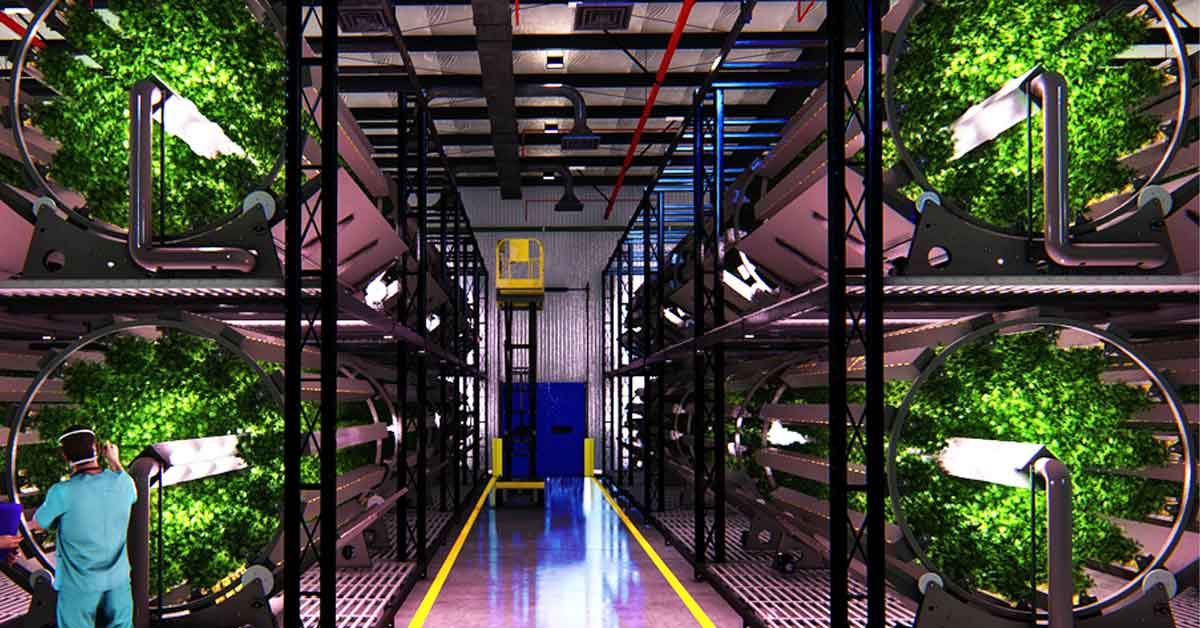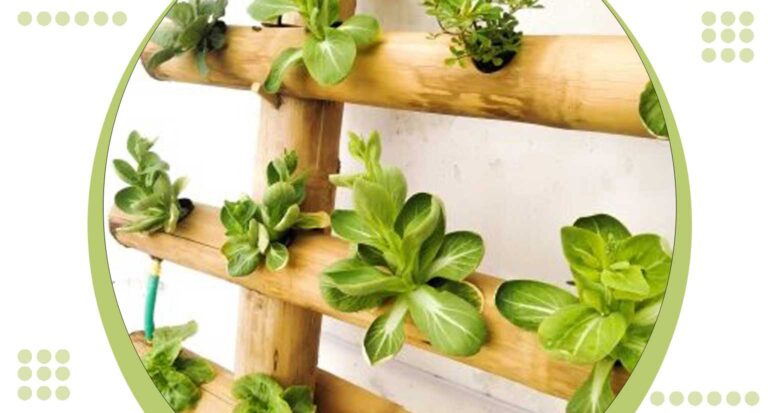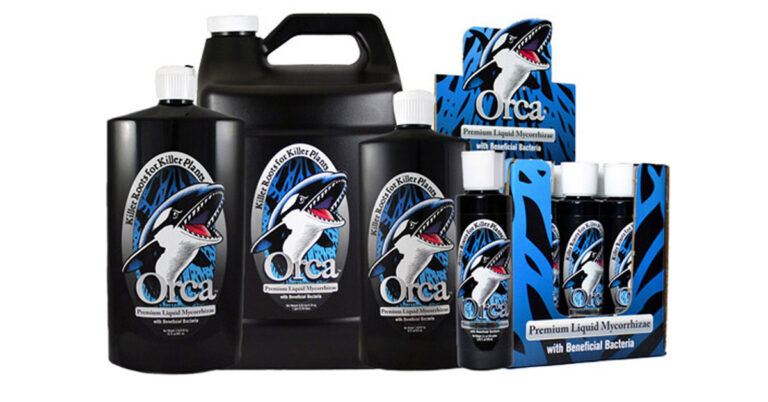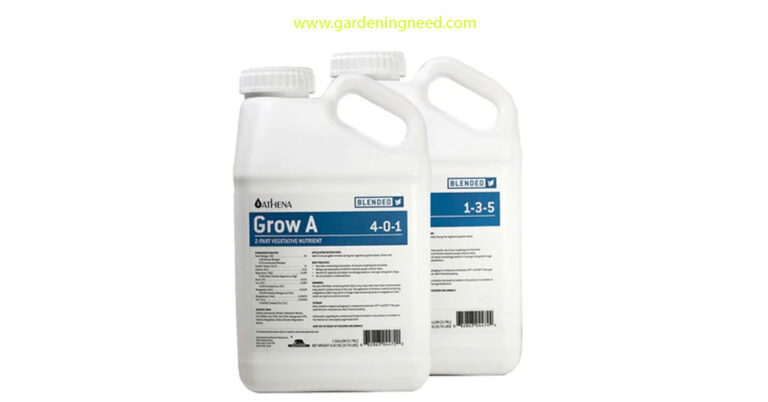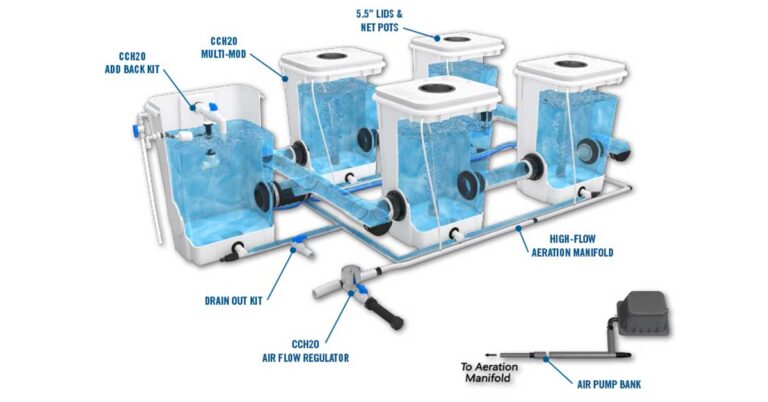Rotating Hydroponic Garden
Imagine nurturing your own thriving garden in a compact space, enjoying fresh produce year-round, and knowing you’re contributing to a more sustainable future. Welcome to the world of the rotating hydroponic garden. This innovative gardening method is revolutionizing how we grow food, offering numerous benefits that traditional soil-based gardening simply can’t match.
Not only does a rotating hydroponic garden save on space, it also reduces water usage, eliminates the need for harmful pesticides, and dramatically increases yield. It’s the perfect solution for urban dwellers, eco-conscious consumers, and anyone interested in homegrown, healthy food. From vertical hydroponic gardens to aeroponic gardens and beyond, there’s a world of options awaiting the modern gardener.
Join us as we delve into the fascinating realm of the rotating hydroponic garden and explore how different hydroponic systems, such as NFT, DWC, Kratky, ebb and flow, deep water culture, wicking, and substrate-less hydroponic gardens can revolutionize your gardening experience.
Types of Hydroponic Systems
Vertical Hydroponic Garden
For those looking to make the most out of limited space, the vertical hydroponic garden is the ideal solution. This system allows plants to grow upwards, promoting efficient use of space and enabling you to harvest a greater quantity of produce in a smaller area.
Aeroponic Garden
Delivering nutrients directly to plant roots through mist, the aeroponic garden is a high-tech hydroponic method. By providing oxygen-rich environments, it encourages rapid plant growth and yields impressive harvests.
NFT Hydroponic Garden
The Nutrient Film Technique (NFT) hydroponic garden relies on a thin film of nutrient-rich water circulated around plant roots. This technique ensures that plants always have access to water, nutrients, and oxygen, leading to fast and healthy growth.
DWC Hydroponic Garden
Deep Water Culture (DWC) is a form of hydroponics where plants are suspended in oxygenated, nutrient-rich water. It’s a straightforward method that’s great for beginners looking to step into the world of hydroponics.
Kratky Hydroponic Garden
Named after its inventor, Dr. Bernard Kratky, the Kratky method is an incredibly simple passive hydroponic system. It requires no electricity, making it an excellent low-maintenance choice for those new to hydroponics.
Ebb and Flow Hydroponic Garden
The ebb and flow hydroponic garden works by flooding the grow bed with nutrient-rich water at specific intervals. This method provides an optimal balance of nutrients, water, and oxygen to the plant roots.
Deep Water Culture Hydroponic Garden
Similar to the DWC system, the deep water culture hydroponic garden immerses plant roots in a well-oxygenated, nutrient-rich solution. This method fosters healthy plant growth and abundant yields.
Wicking Hydroponic Garden
Wicking is one of the simplest and oldest types of hydroponic systems. Using an absorbent wick to draw nutrient-filled water up to the plant roots, it’s a low-tech, cost-effective choice for beginner gardeners.
Substrate-less Hydroponic Garden
A substrate-less hydroponic garden eliminates the need for traditional soil or alternative growing mediums. Instead, plants are suspended directly in nutrient-rich water, ensuring they receive all the necessary nutrients for growth.
Characteristics
What makes a rotating hydroponic garden unique? Beyond its captivating aesthetic and efficient use of space, there are several key characteristics that define this innovative gardening system:
Space Efficiency
Thanks to its vertical, rotating design, a rotating hydroponic garden dramatically minimizes the amount of space needed for growing. This means even in the smallest apartment or the most cramped urban setting, you can still maintain a bountiful garden.
High Yield
By maximizing exposure to light and nutrients, a rotating hydroponic garden can produce significantly higher yields compared to traditional gardening methods. Expect plentiful harvests, even from compact growing spaces.
Water and Energy Efficiency
The rotating design not only ensures all plants receive equal light and nutrient exposure, but it also helps conserve water and energy. By re-circulating nutrient-rich water, this hydroponic system can save up to 90% more water than conventional gardening.
Year-Round Growing
No matter the season, a rotating hydroponic garden allows you to grow fresh produce year-round. You’re no longer bound by the limitations of climate or weather — enjoy your favorite fruits and vegetables anytime you want.
Easy Maintenance
Forget about weeding, pests, and soil-borne diseases. With a rotating hydroponic garden, maintaining a healthy garden becomes a breeze. Plus, the rotating feature makes every plant easily accessible, simplifying the tasks of pruning and harvesting.
Benefits
Embracing a rotating hydroponic garden doesn’t just mean a greener thumb — it also carries a wealth of benefits that go beyond your home and into the broader community. Here are a few of the key benefits you can look forward to when you make the switch:
Maximized Plant Growth
Thanks to the rotating design, plants receive equal access to light and nutrients, ensuring optimal growth. This results in faster growth rates and higher yields compared to traditional gardening methods.
Space and Water Conservation
With the vertical design of rotating hydroponic gardens, you can grow more in less space. Plus, because these systems recycle water, they use up to 90% less water than conventional soil-based gardens — a major plus for conservation.
Year-Round Harvests
Whether it’s the dead of winter or the peak of summer, a rotating hydroponic garden empowers you to enjoy fresh produce all year round. This is a game-changer for those living in climates with shorter growing seasons.
Healthy and Nutritious Produce
Because the plants in a rotating hydroponic garden have direct access to water and nutrients, they typically grow healthier and produce higher nutrient-rich yields. This means better tasting, more nutritious food on your table.
Reduced Pesticide Use
No soil means no soil-borne diseases and fewer pests, reducing the need for harmful pesticides. With a rotating hydroponic garden, you can enjoy the peace of mind that comes with growing your own pesticide-free produce.
Sustainable and Eco-Friendly
A rotating hydroponic garden is an excellent step towards a more sustainable lifestyle. By using less water, producing less waste, and reducing the need for long-distance food transport, you’re contributing to a healthier planet.
Challenges
While rotating hydroponic gardens offer a plethora of benefits, like any other gardening method, they do come with their own set of challenges. Being aware of these potential difficulties can help you mitigate them effectively:
Initial Setup Costs
The upfront costs associated with setting up a rotating hydroponic garden can be high. Investing in quality equipment, like the rotating mechanism, lights, and nutrient solution, may seem pricey initially but can pay off in the long run with superior yields and lower maintenance costs.
Technical Knowledge
Operating a rotating hydroponic garden requires some technical understanding, including the management of pH levels, nutrient concentrations, and light exposure. Fortunately, with numerous resources available online and a bit of practice, anyone can master these skills.
Energy Use
Rotating hydroponic gardens often require constant lighting and a powered rotation mechanism. This can result in significant energy consumption. However, using energy-efficient LED lights and setting up a smart system to automate the rotation and lighting can help control energy use.
Disease Management
While soil-borne diseases are a non-issue in hydroponic gardens, these systems can be vulnerable to waterborne diseases. If one plant gets infected, the disease can spread rapidly through the shared water system. Regular monitoring and good garden hygiene practices are essential to prevent disease outbreaks.
Mechanical Failures
Like any system involving moving parts and technology, there’s a risk of mechanical failure. Regular maintenance and prompt repairs can help ensure your rotating hydroponic garden operates smoothly, providing continuous, bountiful harvests.
Implementation and Maintenance Tips
Creating a successful rotating hydroponic garden involves more than just assembling the system. Here are some valuable tips to help you implement and maintain your garden effectively, ensuring robust growth and plentiful harvests:
Invest in Quality Equipment
Choose high-quality equipment to set a strong foundation for your garden. While it might seem like a large investment upfront, durable, efficient systems will save you time and money in the long run.
Monitor pH and Nutrient Levels Regularly
Maintaining the right pH and nutrient levels in your hydroponic solution is crucial for healthy plant growth. Regular testing and adjustments can help prevent nutrient deficiencies and toxicities.
Ensure Adequate Lighting
Light is a key factor in plant growth. Make sure your plants receive enough light, but avoid excessive light exposure which can lead to problems like leaf burn. Energy-efficient LED lights are a good choice for indoor hydroponic gardens.
Regular Cleaning is Key
Keeping your hydroponic system clean prevents the build-up of harmful pathogens. Regularly clean and disinfect your system to keep your plants healthy and disease-free.
Stay Vigilant for Pests and Diseases
Even though hydroponic gardens are less susceptible to pests and diseases, it’s still important to regularly inspect your plants. Early detection and treatment can prevent minor issues from becoming major problems.
Rotate Plants for Optimal Growth
Make full use of the rotating feature of your hydroponic garden. Regular rotation ensures all plants receive equal exposure to light and nutrients, promoting uniform growth.
Start with Easy-to-Grow Plants
If you’re new to hydroponics, start with plants that are easy to grow in a water-based environment, such as lettuce, spinach, and herbs. As you gain confidence and experience, you can start experimenting with more challenging plants.
Commercial Applications
Rotating hydroponic gardens aren’t just for home gardeners — they also offer considerable advantages in commercial settings. Here’s how these innovative systems are changing the game in various industries:
Urban Farming
For urban farmers battling space constraints, rotating hydroponic gardens offer a high-yield, space-saving solution. These vertical gardens allow for the production of vast amounts of produce on a small footprint, making urban farming a more viable and profitable venture.
Restaurants and Culinary Businesses
Restaurants and culinary businesses are increasingly using rotating hydroponic gardens to grow their own fresh produce. This not only assures a constant supply of fresh ingredients but also helps attract eco-conscious customers who appreciate locally-sourced food.
Educational Institutions
Schools and colleges are using rotating hydroponic gardens as hands-on educational tools to teach students about sustainable farming, science, and nutrition. These systems offer a unique opportunity for experiential learning.
Retail Nurseries and Garden Centers
Retail nurseries and garden centers are leveraging rotating hydroponic gardens to maximize their plant production. These systems allow for higher plant density and faster growth, leading to increased profits.
Research and Development
Rotating hydroponic gardens are a valuable tool in research settings. Scientists use these systems to conduct controlled experiments on plant growth, studying the effects of different variables without soil-related inconsistencies.
Space Exploration
Perhaps one of the most exciting applications of rotating hydroponic gardens is in space exploration. NASA has been researching hydroponics as a way to grow food during long space missions, with rotating systems offering potential benefits in terms of efficiency and space utilization.
Embrace the Future of Gardening
In conclusion, a rotating hydroponic garden offers an innovative, efficient, and eco-friendly solution for growing plants. Whether you’re a home gardener looking to maximize your yield, a commercial farmer wanting to save space, or an educational institution seeking hands-on learning tools, this unique gardening system can cater to your needs.
While implementing a rotating hydroponic garden might involve an initial investment and a learning curve, the potential benefits — such as higher yields, year-round growing, and water conservation — make it an endeavor worth considering. With careful planning, regular maintenance, and the right equipment, you can turn your rotating hydroponic garden into a flourishing oasis of growth.
The world is rotating towards greener, more sustainable practices, and gardening is no exception. So why not join the movement? Start your journey with a rotating hydroponic garden today and harvest the benefits for years to come.
Related Articles:

